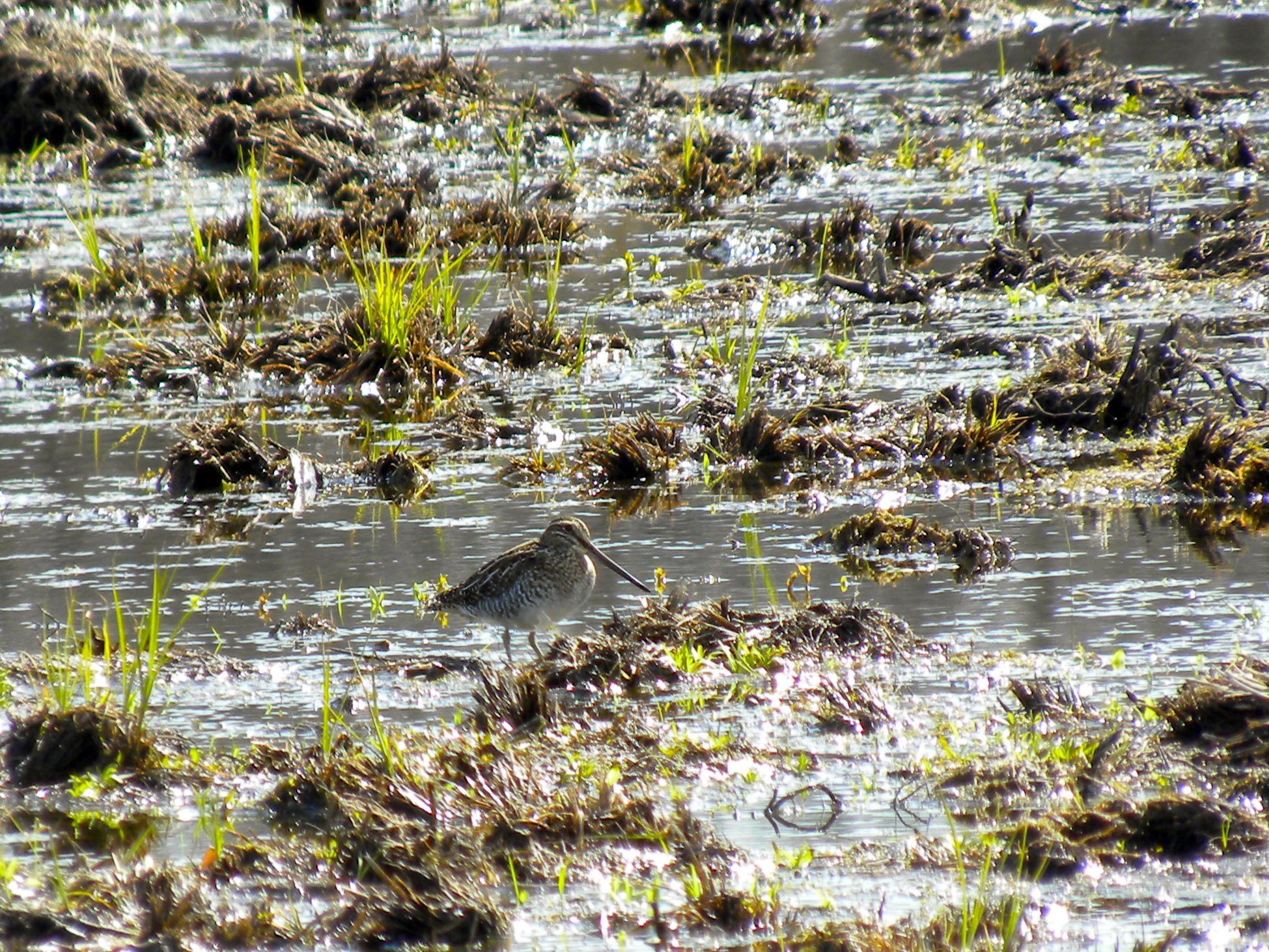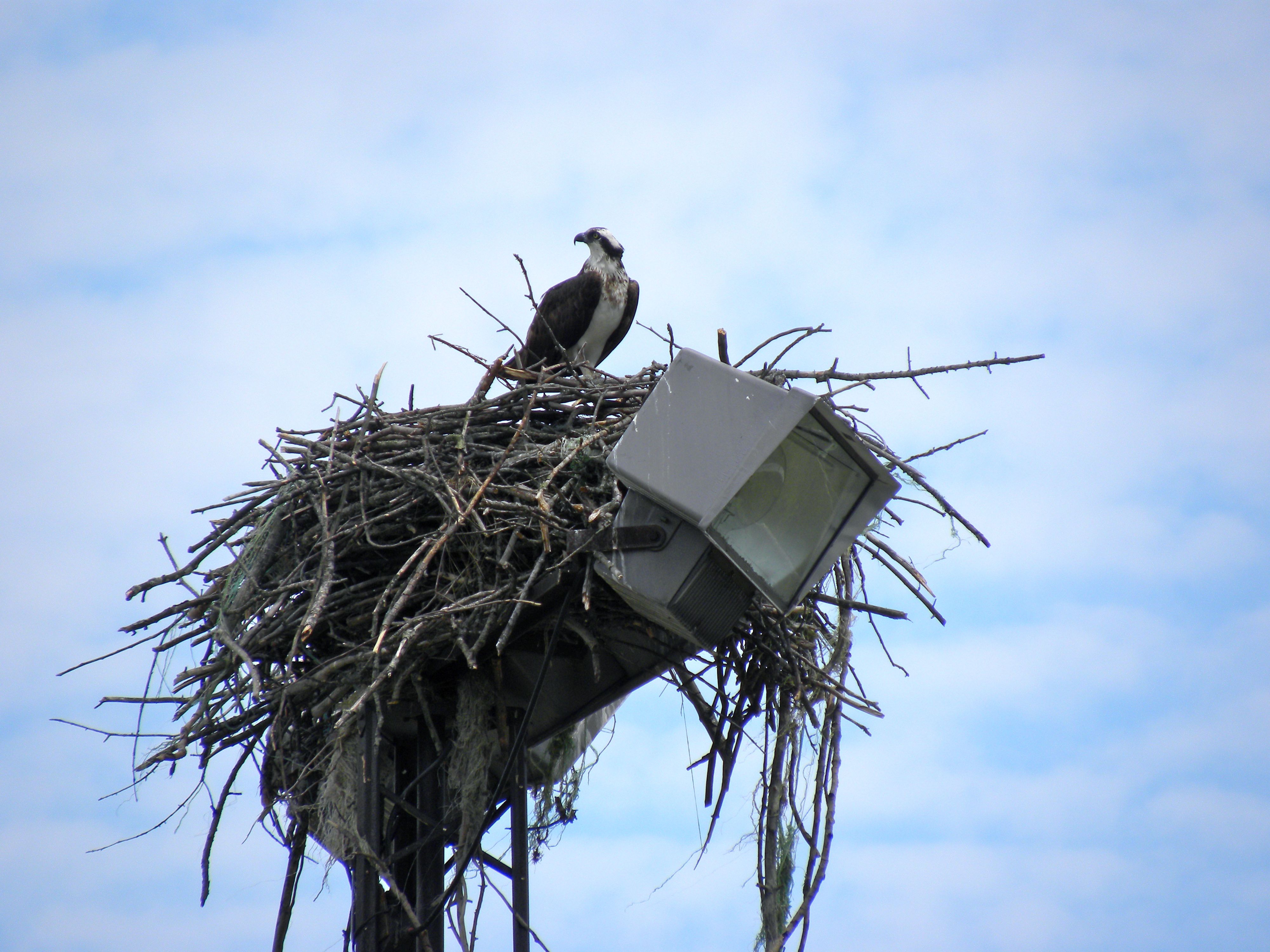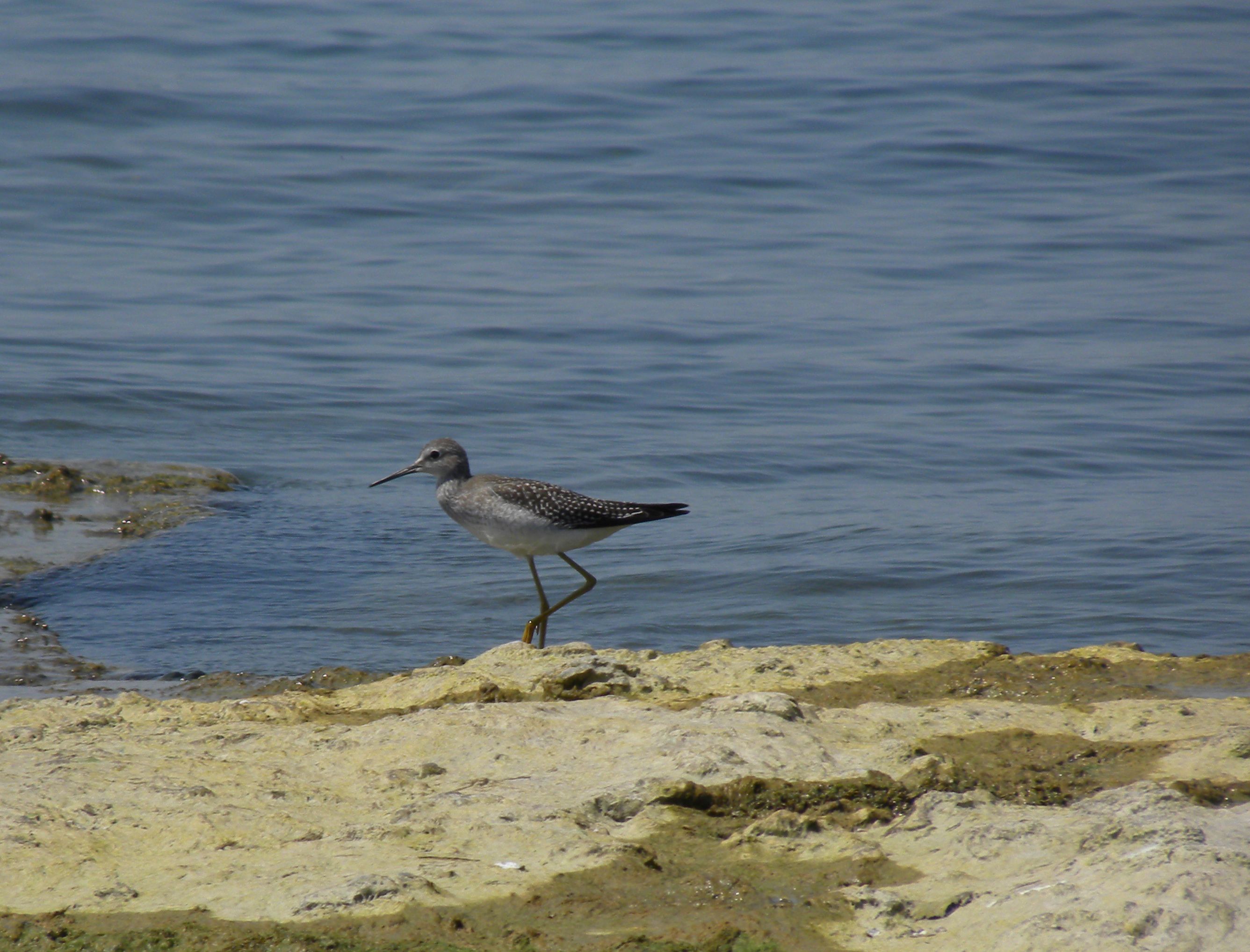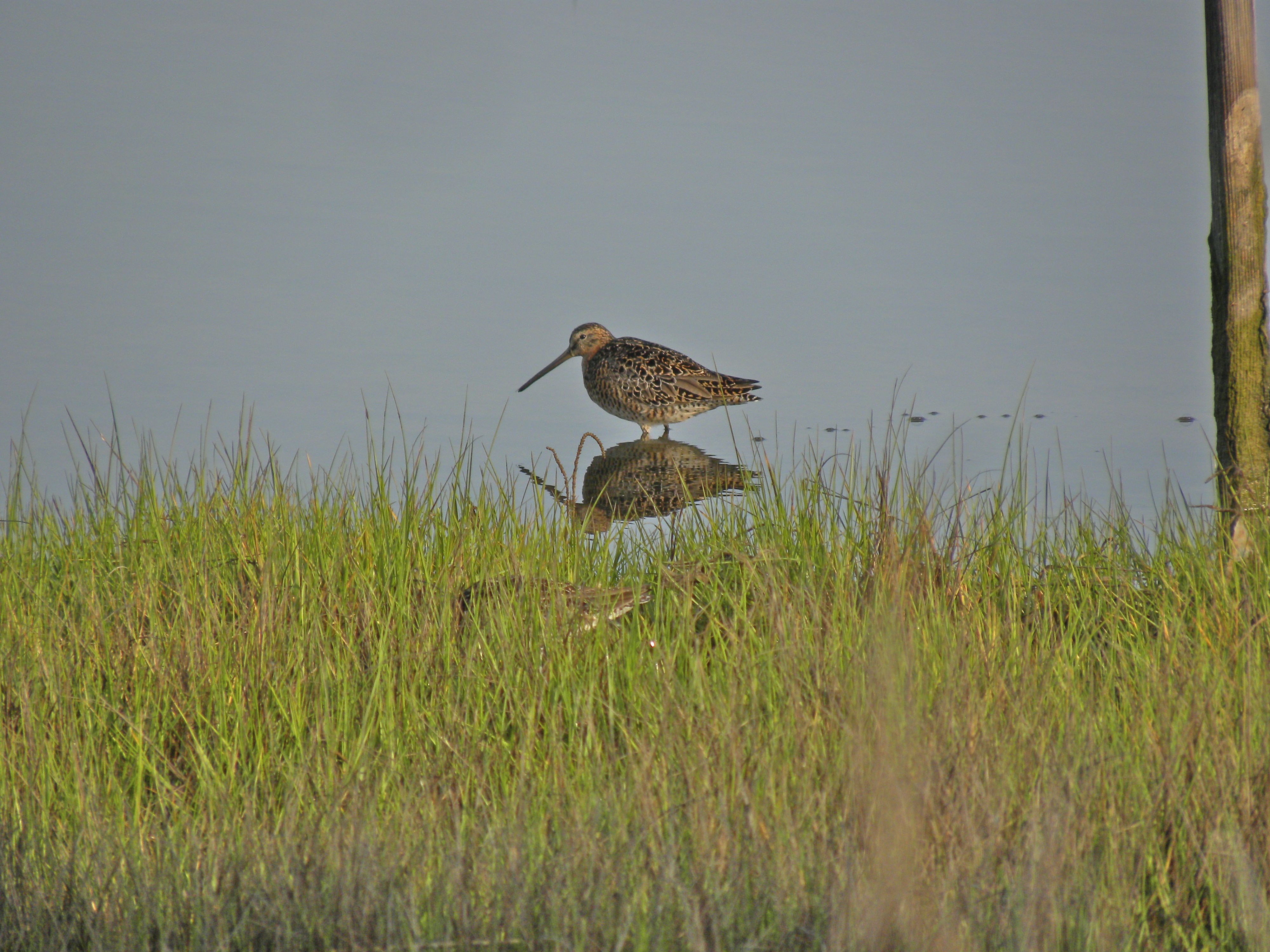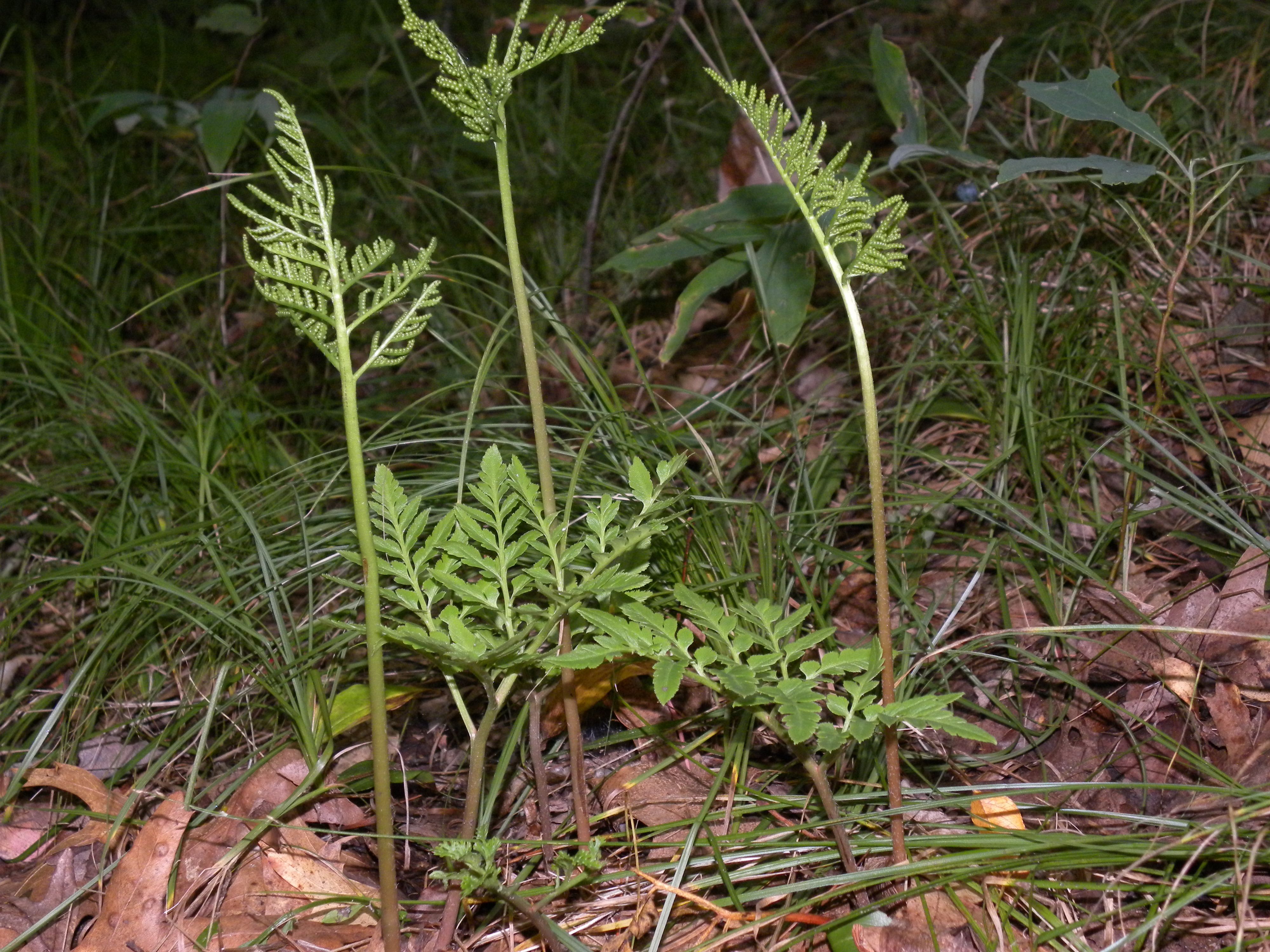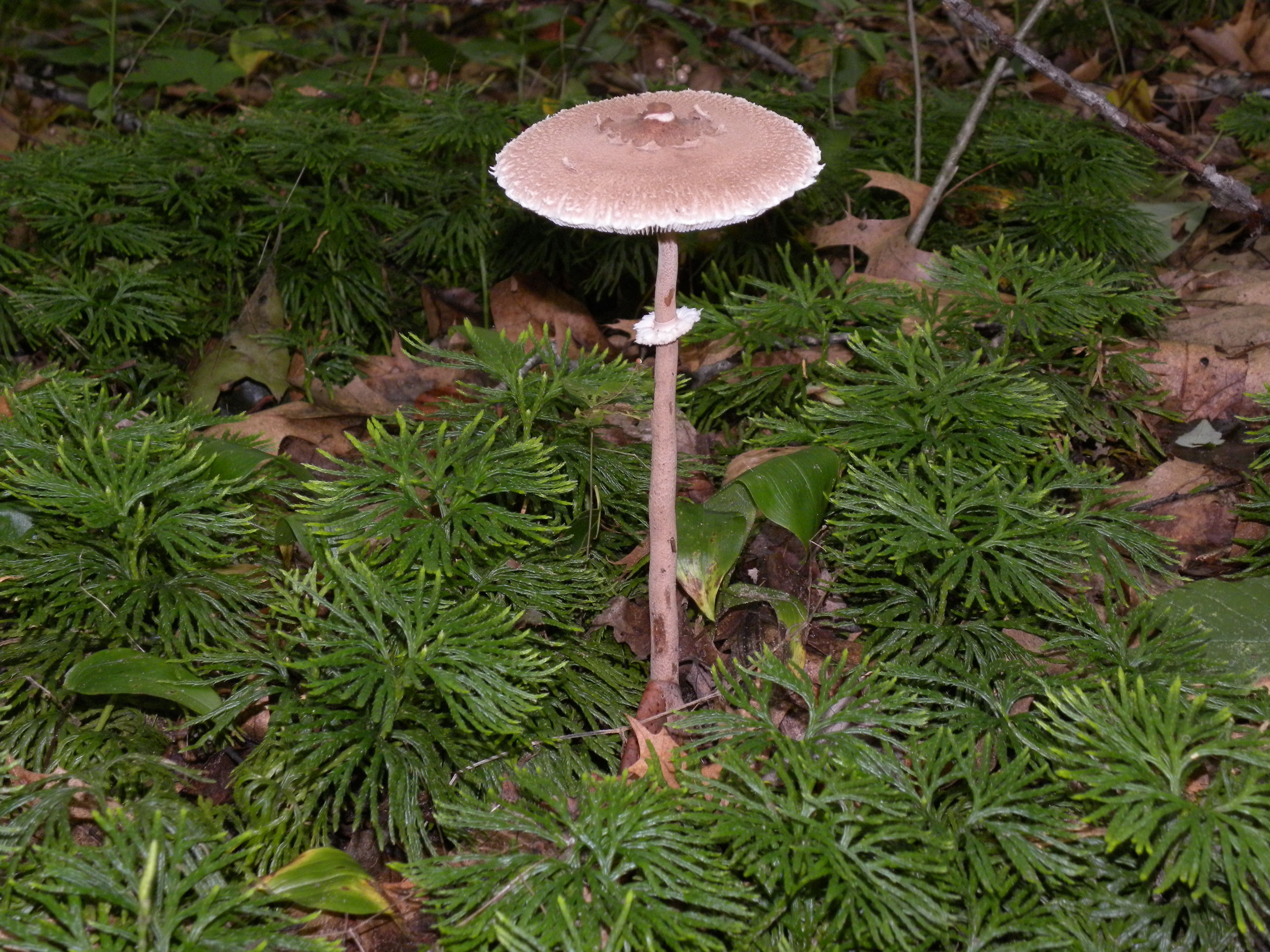August 19 2012. Bruce Trail, Walkers Line, Halton ON. I stumbled upon early signs of another chapter in the birds’ year today, the southbound, or fall, migration of warblers, vireos, flycatchers and the like.
I set out quite early to continue my study of fern species. After a rather long, uphill and mostly unproductive search, I was returning along a well travelled hiking trail when I heard a familiar, rather liquid chip note coming from a small goldenrod and dogwood break in the forest. I paused and tried a chip note of my own in return expecting a Common Yellowthroat to react. To my surprise a young Canada Warbler popped up, and then another. And as I watched I realized there were many more small birds flitting around including: a Willow Flycatcher (probably, although it could have been a Least or Alder Flycatcher; they’re almost indistinguishable at this time of year) two or three young Bay–Breasted Warblers, a couple of Orange–crowned Warblers and best of all, a Wilson’s Warbler.
Later while still looking for ferns at another site, I apparently offended a family of White-breasted Nuthatches who were soon reinforced by a very vocal Red–breasted Nuthatch and two Scarlet Tanagers.
It was a successful fern day in the end and the Wilsons’s Warbler with its natty black cap carried the day. They are one of those fleeting warbler species that we see in May, if we’re lucky, on its way to the alder and willow swamps of Hudson Bay lowlands. It’s a privilege to see them at any time; and especially good today.
Footnote: Wilson’s Warbler today, Wilson’s Snipe a couple of days ago. Wilson’s Phalarope on May 5th. If I get to see and report on Wilson’s Petrel and Wilson’s Plover we’ll have a complete set.
